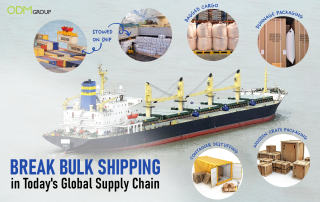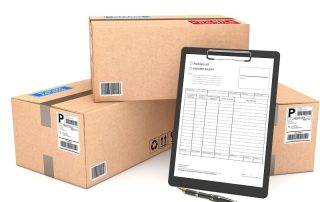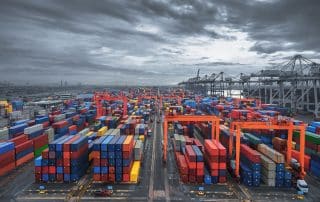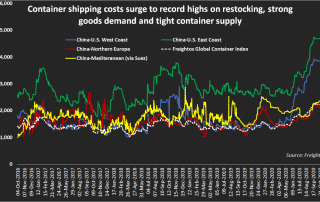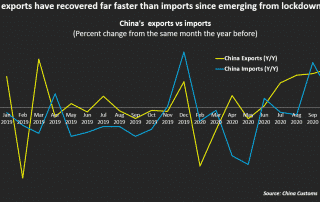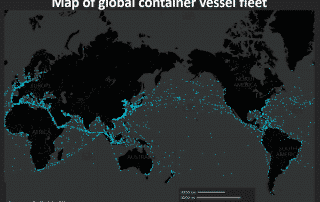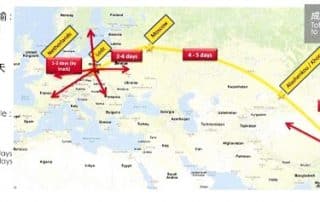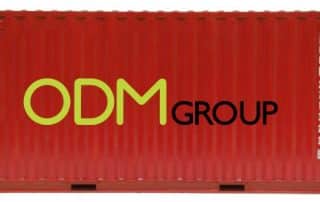In this blog, we will be taking a look at how Air Freight Costs are calculated. International exporters and importers use air cargos to transport goods. Many opt for air freight instead of ocean freight because shipping takes a lot shorter. It is also more reliable, as well as flexible. Since the shipment takes a faster transporting time, businesses are able to react to the change in tastes and preferences of consumers quickly.

However, given the limited space on airline cargo holds, weight and volume are crucial factors. Depending on whichever is more expensive, Air Freight Costs will be charged in either volumetric weight (or dimensional weight) or actual weight (or gross weight). Additionally, costs will differ based on the delivery location, domestic air freight costs being lower than that of international air freight costs
Some items such as plush toys and plastic containers will not be as heavy but still great in volume, that is why they are charged by volume.
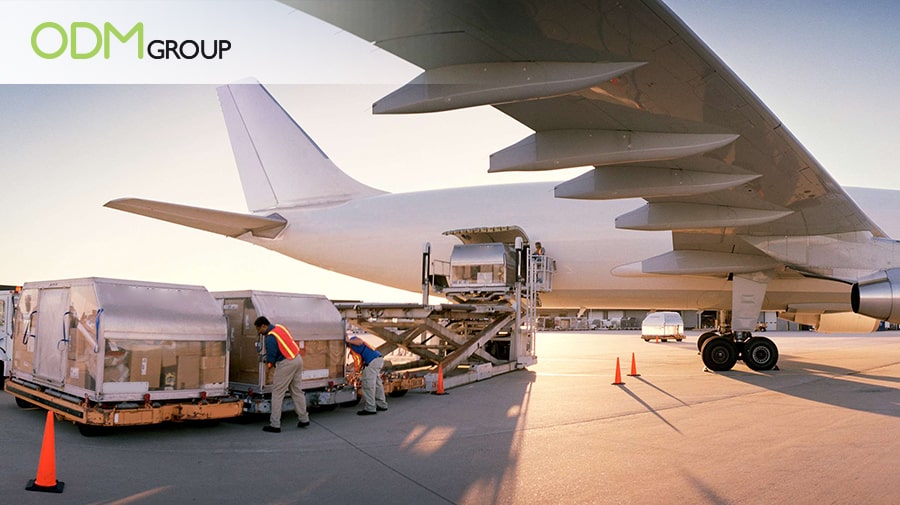
How to calculate air freight cost?
Volumetric weight: The shipment’s volume is measured (height x width x length), then multiplied by 167.
If the volumetric weight exceeds the actual weight of the items, then the air freight costs will charge according to the volumetric weight.
Here is the standard calculation for checking air freight costs for your cargo. This is standard for courier companies in Hong Kong and gives you a good guideline for other markets as well. Pay the higher amount out of the 2:
- Actual Weight OR
- Package length*Width*height/5000 See below example
Example – The Air Freight Costs of shipment with dimensions 30*30*30 will have a chargeable weight of 30*30*30/5000 = 5.4 Kgs.
Companies can also use air freight cost calculator to receive an estimate on their air freight cost.

You might also be interested in these blogs related to air freight costs:
Incoterms are a series of international sales terms by the International Chamber of Commerce (ICC). If you are an international importer or exporter, these terms will be very important to allow you to effortlessly trade across the globe. Check out this blog to learn more about these incoterms!
Ever wondered how many pieces of your product would fit in a container? There are more than 1 container options for you depending on how you would like to store your products. Check out this blog to find out more!
Calculating the landed cost of products can be quite time-consuming. Read this blog to find out how we calculate the import duty to the USA – such as checking the import duties taxes and safety requirements for different markets.
HS Codes (Harmonized Commodity Description and Coding System) are numerical codes that describe the product that companies ship around the world. This blog lets you know everything you need regarding HS codes and it would be helpful when you importing products into a country. Find out more:
We are specialists in helping you design and manufacture promotional gifts. It is no different when it comes to the shipping industry. Here are some interesting shipping promotional gifts that get noticed by prospective customers. Find out more!
Frequently Asked Questions (FAQ):
What is freight?
Freight refers to the process of transferring or transporting bulk of goods via water, air or land.
How do I reduce freight costs?
1. Ship in bulk. Frequent shipping requires extra time. Extra time means extra resources
2. Minimize weight and dead space in products’ packaging.
3. Ship during off-peak periods. When freight is in low demand, cost tends to decrease.
What affects freight costs?
There are several main factors that might affect the freight cost.
1. Weight of the cargo
2. Density of the cargo
3. Distance between the cargo’s origin and destination
4. Freight Classification
5. Mode of delivery i.e. air, land or water
6. Fuel Cost
7. Taxes and Negotiated Rates
